The trees have embarked on parching the lustrous leaves after the rains have stepped down to bid good-bye. The showers will be missed; yet, the raw and foggy mornings will still linger to urge me to sip that strong half-cup of filter coffee.
I was taking refuge beneath the inkling that hardly five to six people read my writings regularly and I thought it would be an easy stride of not writing for a while. But two months of my informal disunion with my blog, photography and writing had made way for inquisitions from readers. I was chagrined for being so listless about filling up my blog. I had swamped myself with a good amount of work and travel activities barring my personal interests.
A full week of going around on rides and drives, music, photographing food and places has left me extremely incited. As a matter of fact, this is my first post written on wheels. The road between Udupi and Shimoga is an enormous shot of inspiration for the writer in me. The images of the beautiful countryside roll as fast as a movie showing me reasons to love nature.
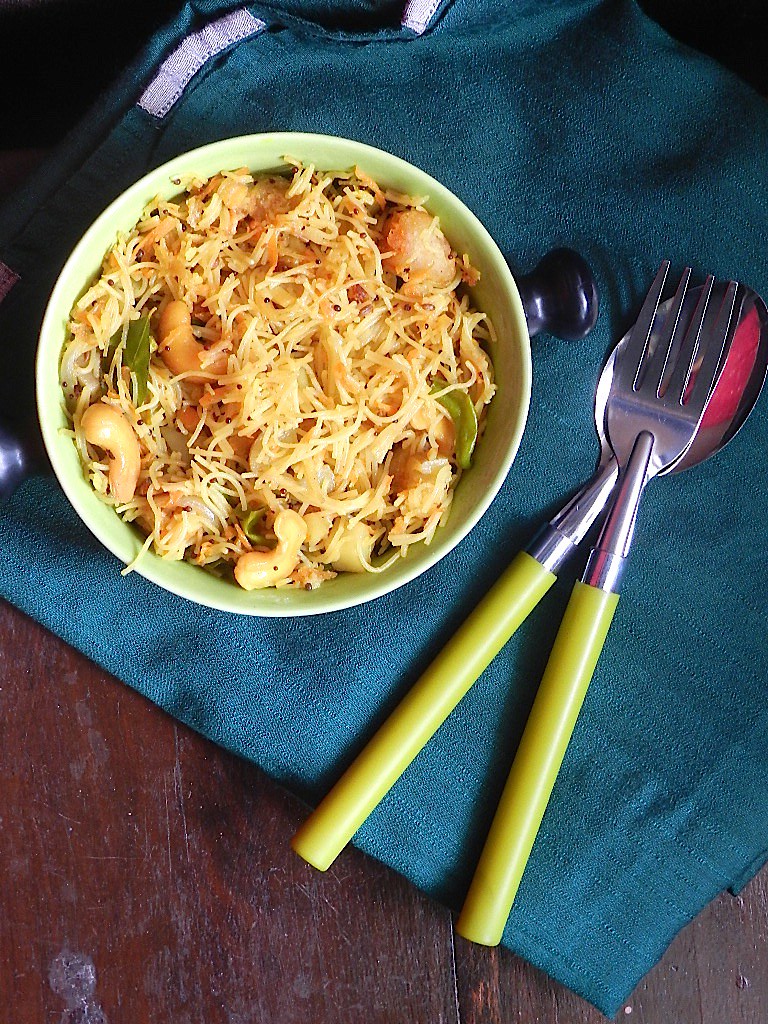
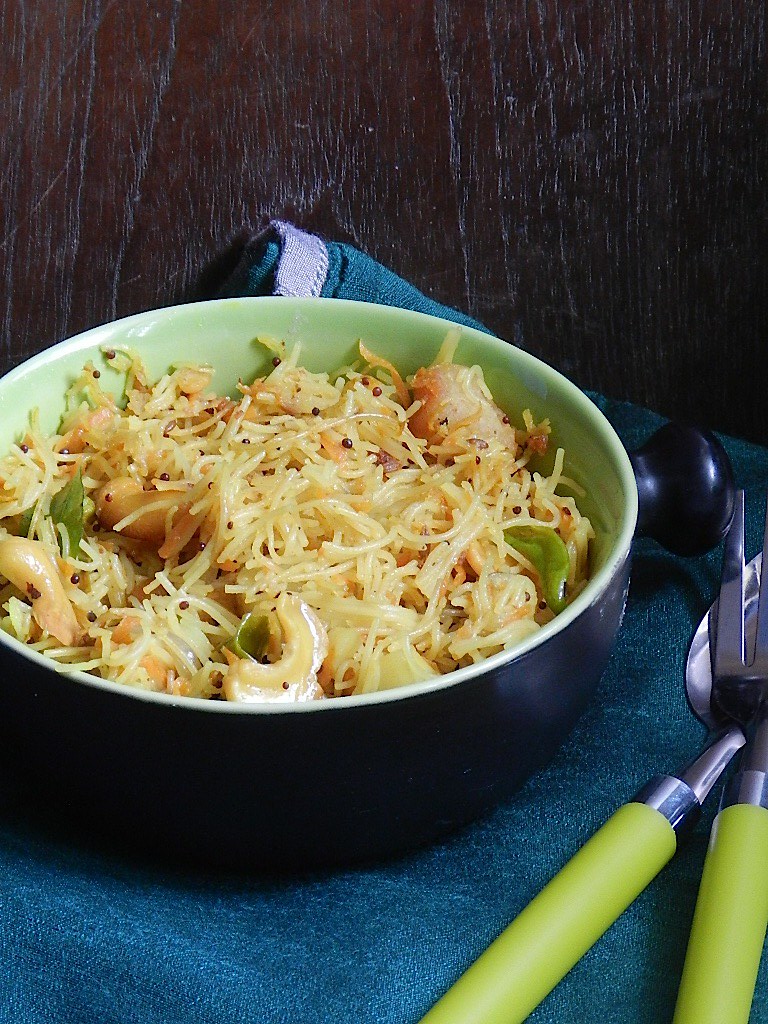
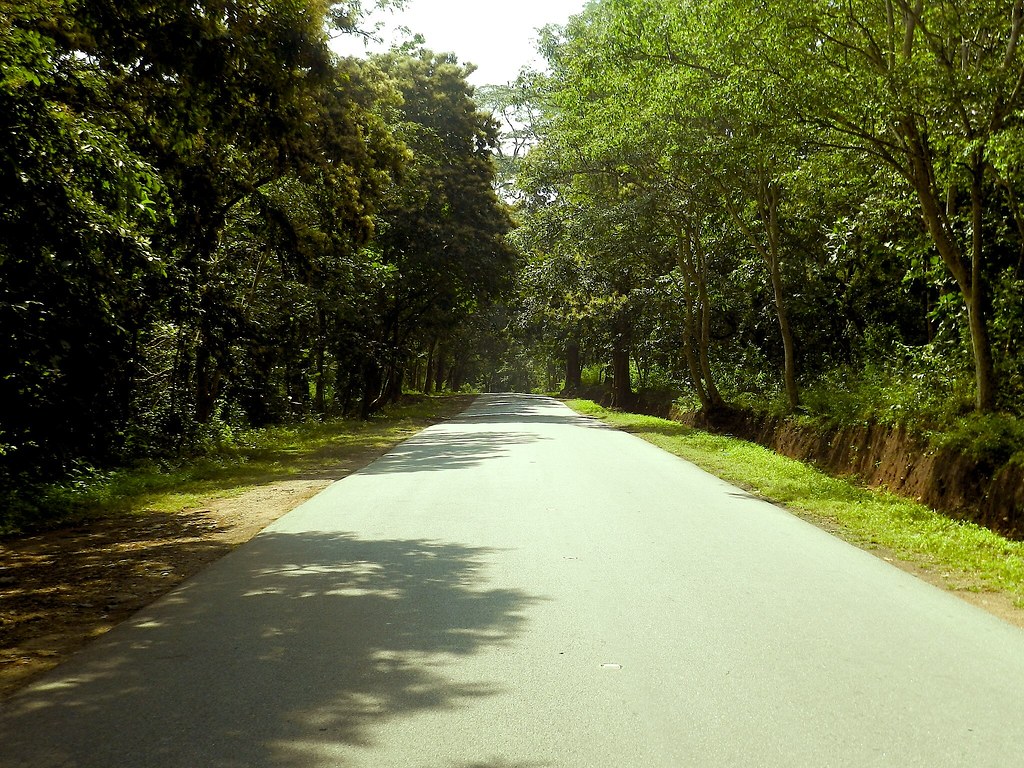
Villages were a rare sight when I was living in Mangalore and Bangalore. But, as we progress towards Udupi and then slowly towards the Malnad region, the composed villages and hamlets make their wide manifestations, primarily at the stretch of Agumbe – Thirthahalli – Mandagadde. I have to commend the village entrepreneurs who go unnoticed, when the world talks mostly about famous industrial magnates. I’d love to place two such entrepreneurial stories in this post.
Travelling from Udupi towards Agumbe, we climb one of the steepest ghats. Covering about 17 hairpin curves, this section of the journey is always refreshing. You get to experience the drastic change in weather. The journey through the intense curves starts with the high coastal humidity and ends up with a misty environment.
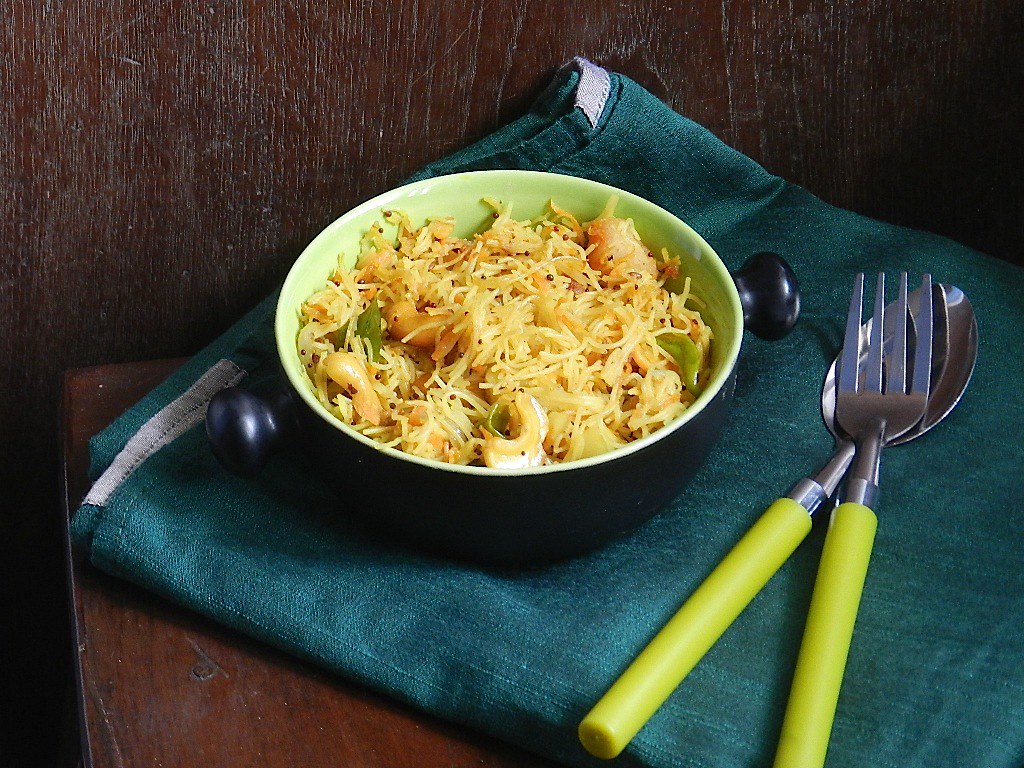
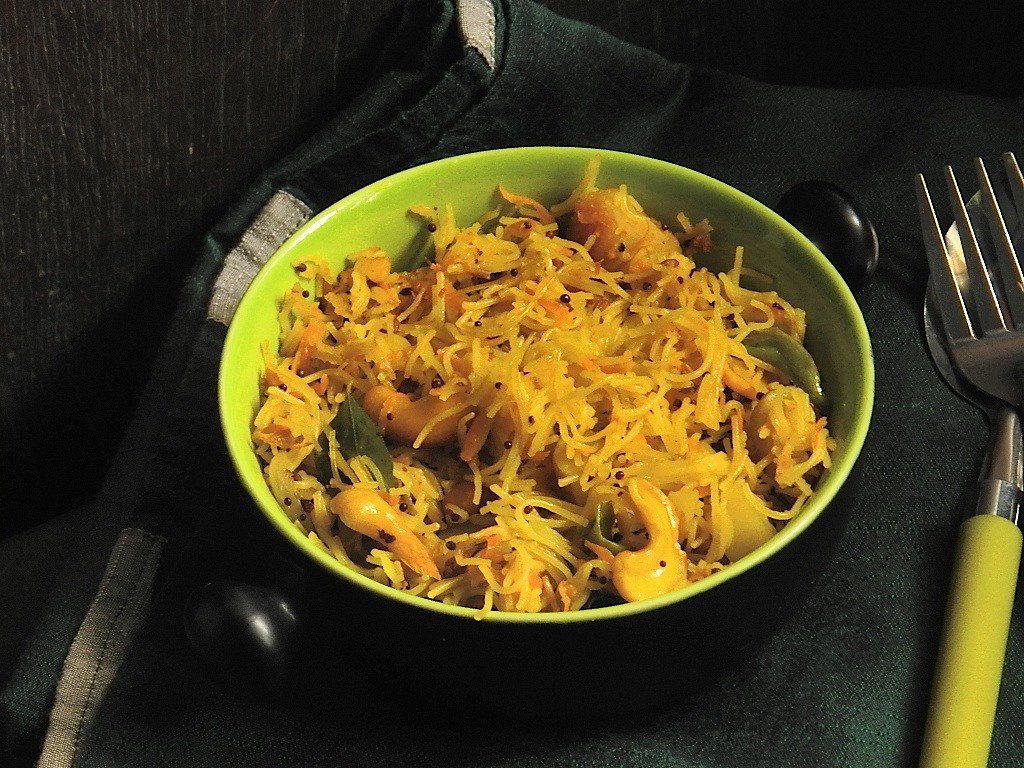
Just as we reach Agumbe we always stop at a little eatery owned by Nayak Uncle. He makes amazingly crunchy and tasty Vadas and Ambades (Deep fried lentils). He makes idlis in the early mornings. Travelers touring through this route stop by this unique eatery. The weather at Agumbe is exemplary for a (or more?) plate of Vadas and a cup of tea.
It is obvious that after setting up such a tiny eatery on the roadside at Agumbe, he would have had to face the music when it comes to nature’s fury, the rain. Visitors crave for more Vadas when he makes them. Having tried out Vadas from various hotels and restaurants till date, I’ve found perfection in his recipe. The crunchy bite sized delights are magical. For the love of food and travel, one must try coming to Agumbe just for visiting this place.
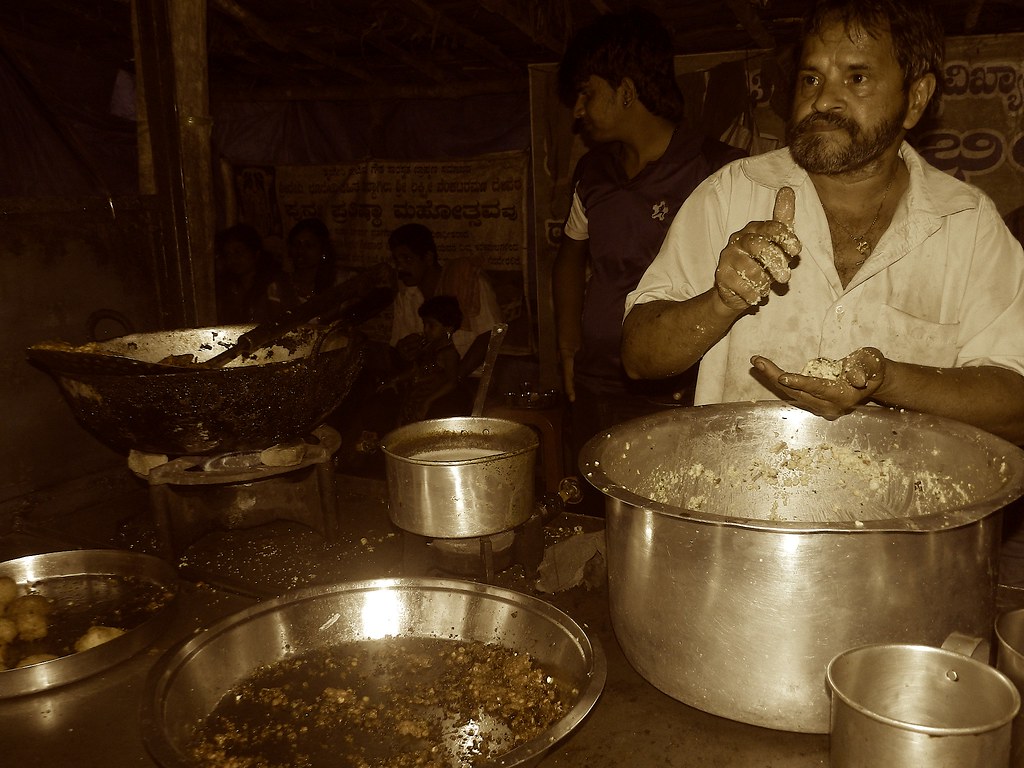

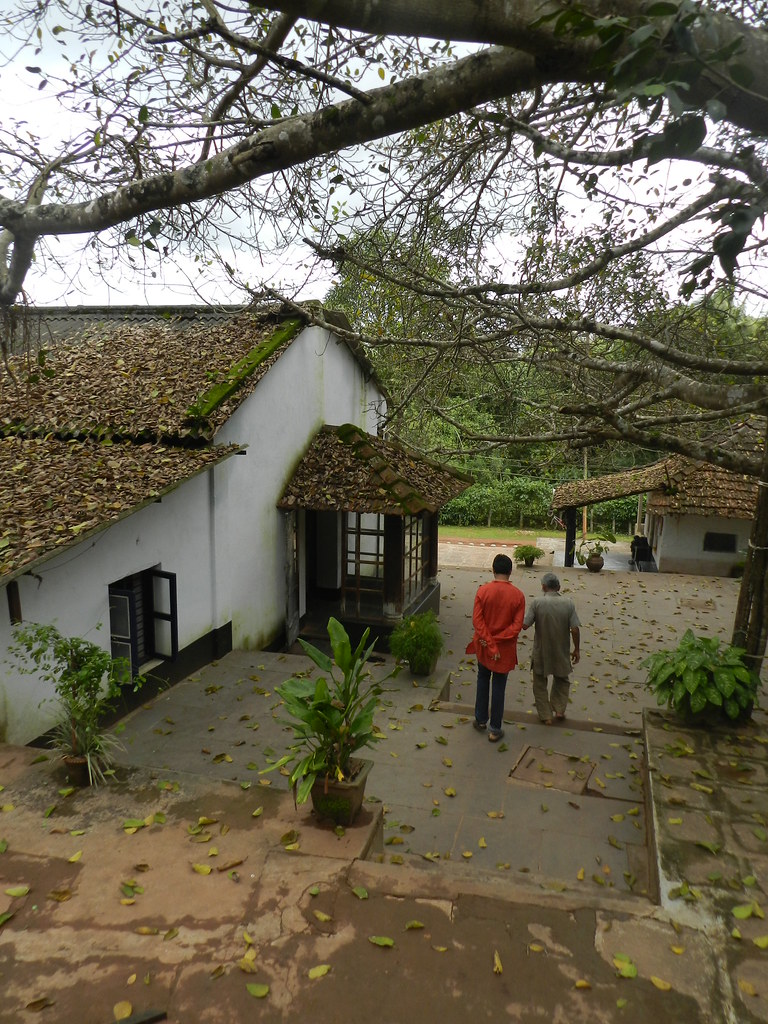
This is one instance of a successful entrepreneur who has gone unnoticed in books and magazines. The other instance; on a slightly larger scale in a small village, I have to allude to another organization which I had visited few months ago.
Amidst the constant movements and running around, I missed chronicling about my experience at a place we visited three months back. This is another story of how villagers are being employed at a fabric industry. Going towards the Sagar Taluk is a village named Heggodu. A place I would love to keep visiting. This place has two facets. One being NINASAM (Nilakanteshwara Natya Seva Sangha) an organization that actively contributes to drama and films founded by K.V. Subbanna, a well-known Kannada writer. (Read more here: NINASAM) The second being, Charaka; on our first visit, we were enthralled to see the amount of hard work that goes into making the most beautiful fabric, Khadi.
I intent to write about this place in a succinct frame, since I wish that people must visit this spot to learn more about Khadi making and I do not wish to give away all the surprises that this place has. The pictures are just meant to make readers feel bitten by the travel bug :)
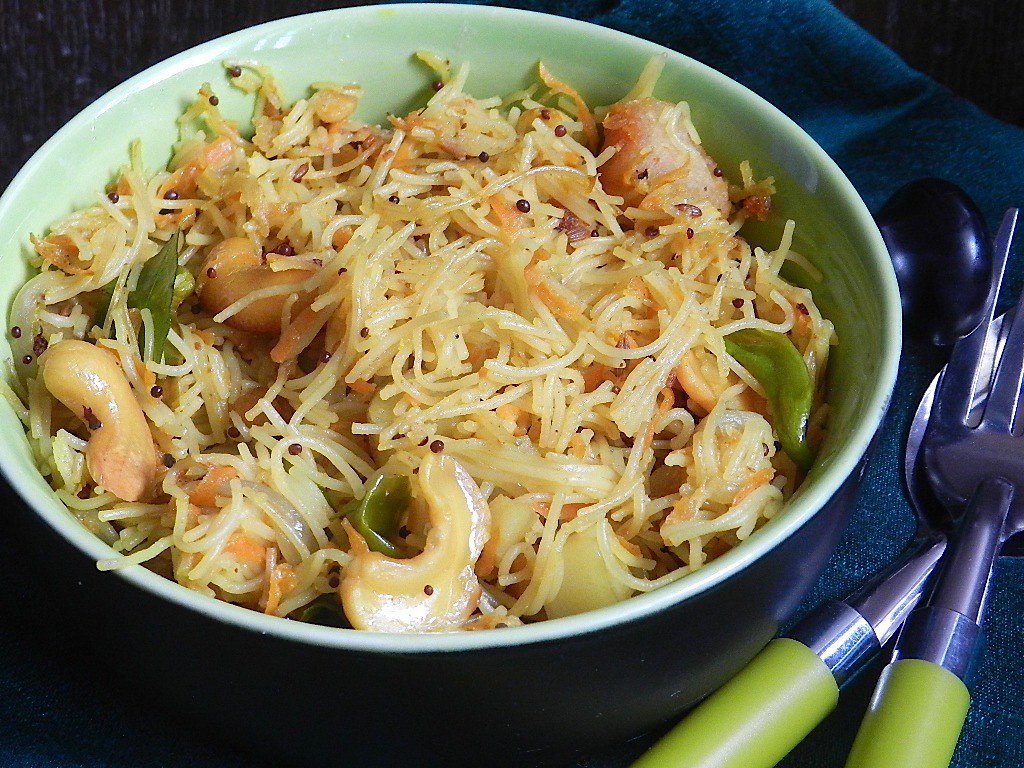
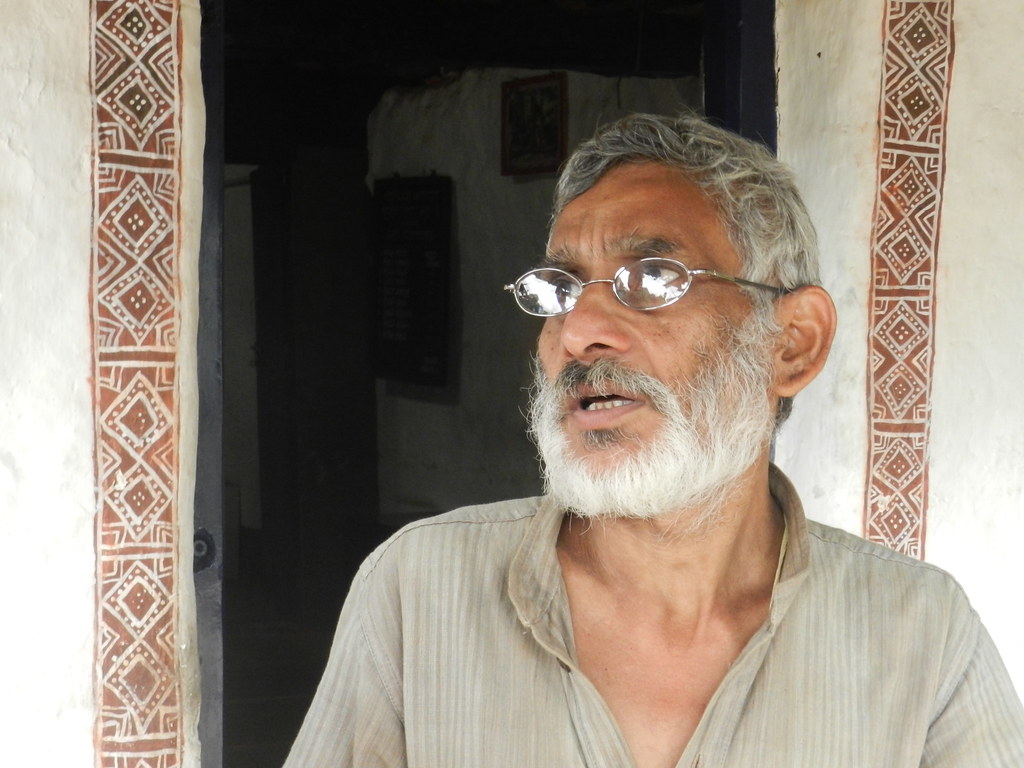
We first met Mr. Prabhakar Samshi once we entered the Charaka factory. He accompanied and toured us through the entire factory. The environment surrounding the place was so charming that I enjoyed taking a stroll through the place.
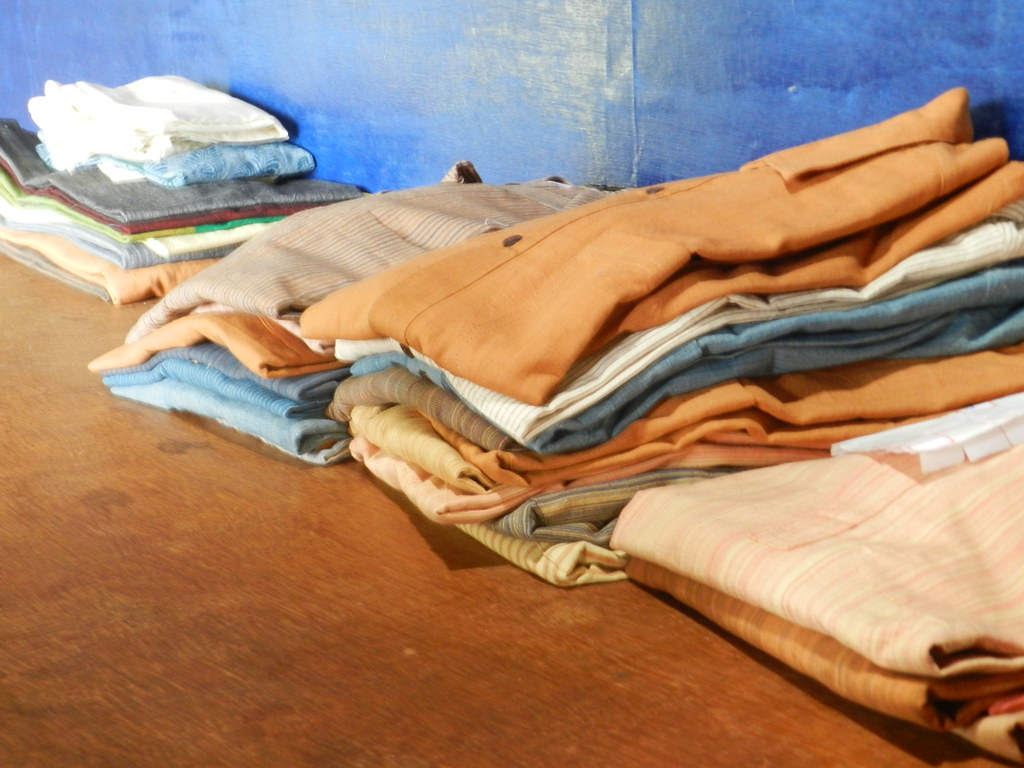

The clothes are naturally dyed and not artificial. Mr. Prabhakar Samshi showed us the process by which the clothes would take shape, right from the dye making to the sewing of the fabric and packaging. The process is not complicated, but it is an old and natural process of making fabric.
Not only this, I bought a few clothes from their outlet which is a little further down the lane and I love all of them. The clothes leave out some color while rinsing them, yet, the colors of the fabric do not fade. The clothes look as great as new.

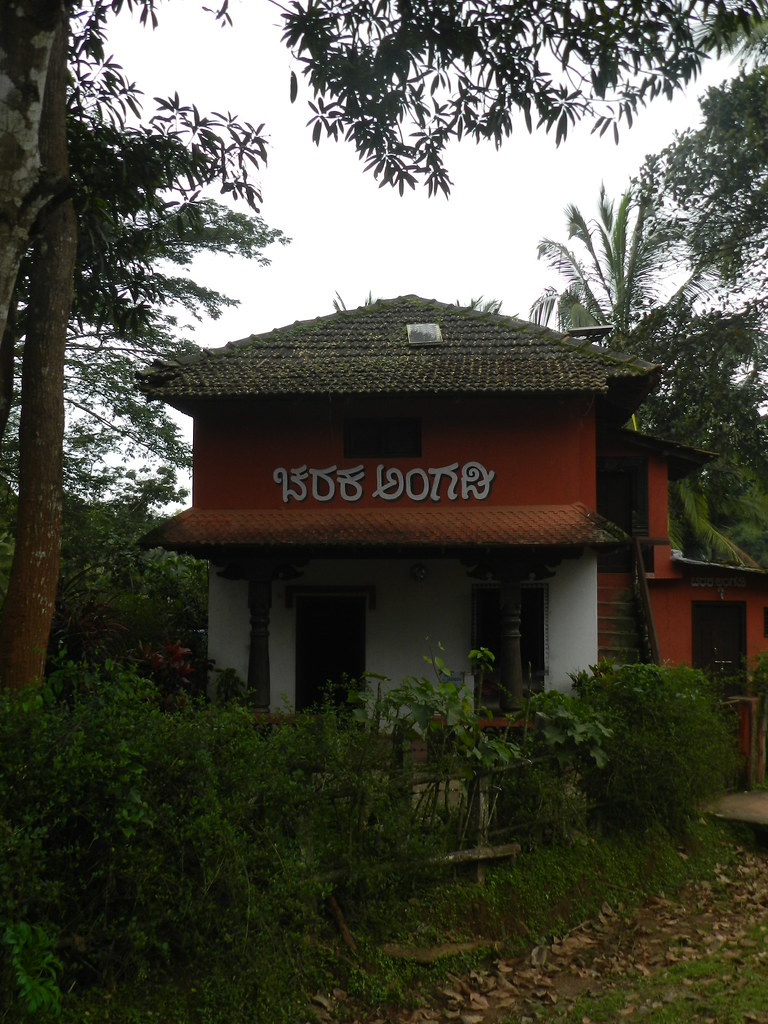

Charaka is a women’s industrial co-operative society. A trust named “Kavi – Kavya” which was a cultural organization set up at the village of Heggodu in the year 1994. The trust conducted a few training programmes for the villagers for almost an year. Later the trust set out to understand the work culture and problems faced by the villagers. It is obvious that agriculture would have been the prime occupation. The villagers had innumerous dilemmas with regard to agriculture along with the increasing population. The trust then initiated a handloom weaving center so that women could be employed and saved from the plight of agricultural problems.
The weaving centre proved to be a successful step towards women empowerment. Eventually, the responsibility was handed over to the workers in the name of Charaka in 1996. Today the Charaka society sells the Khadi – Hand Woven clothes under the brand named “Desi”. The outlets of ‘Desi’ are prevalent in major cities. Few of which I know are Bangalore, Shimoga, Mangalore, Mysore and Dharwad. Nevertheless, I was amused with the whole experience and it was lovely to see an entire village working towards helping themselves. Such a noble initiative this is.
Vermicelli Upma / Shyavige Uppittu
- Vermicelli Upma is a quick breakfast recipe. You can have different variations in this recipe and make it using just onions or with mixed vegetables. You can serve this with coconut chutney or yoghurt / raitha.
Ingredients
- 2 cups – Vermicelli (Lightly roasted in ghee)
- 1.75 cups – Water
- 2 – 3 tbsp – Green Chillies (Finely Chopped)
- 1 tbsp – Ginger (Chopped or grated)
- 1/2 cup – Carrot (Grated) / 1 medium sized carrot
- 1/3 cup – Potato (Chopped) / 1 medium sized
- 3/4 Cup – Onions (Cut in juliennes) / 2 medium sized
- Bread – Cut into croutons (small squares) and roasted in ghee
- 10 kernels – Cashew Nuts (Halved)
- 2 tbsp – Unroasted Peanuts
- 1/2 tsp – Turmeric Powder
- 3/4 tsp – Sugar (Optional)
- 1.5 tsp – Table Salt
- 3 tbsp – Coriander Leaves (Finely Chopped)
- 4 tbsp – Vegetable Oil
- 1 tsp – Mustard Seeds
- 1 tsp – Urad Dal / Black gram split lentil
- 1 tsp – Channa Dal / Yellow split peas
- 2 twigs – Curry Leaves
Seasoning
Directions
- In a wok, add the oil on a low heat. Once the oil heats up, add the peanuts. Let the peanuts roast for 1 minute. Add in the Cashew Nuts. Let the nuts roast for a minute.
- Note: If you want the nuts to be crunchy you can remove the roasted peanuts and cashew nuts from the wok and keep them aside and add them at the last step, else if you want the nuts to get cooked a little you can retain the nuts and continue the following steps. I do it either ways.
- Next add in the seasoning ingredients. Mustard seeds, urad dal, channa dal and curry leaves. Roast them for half a minute.
- Add in the green chillies, ginger and onions and fry till golden brown. Add in the turmeric powder. Mix well.
- Add the carrots, potato, salt. Mix well. Keep the wok closed for 2 minutes or till the vegetables are half cooked. All this has to be on a low heat.
- Add the roasted vermicelli and mix well. Next add water and sugar. Again give it a good mix.
- Keep the wok closed for 5 – 7 minutes or till the vermicelli is cooked and not sticky.
- Add coriander leaves. If you have kept the nuts aside add them at this stage. Add the roasted bread croutons. Mix well and serve it plain or with chutney / raitha.
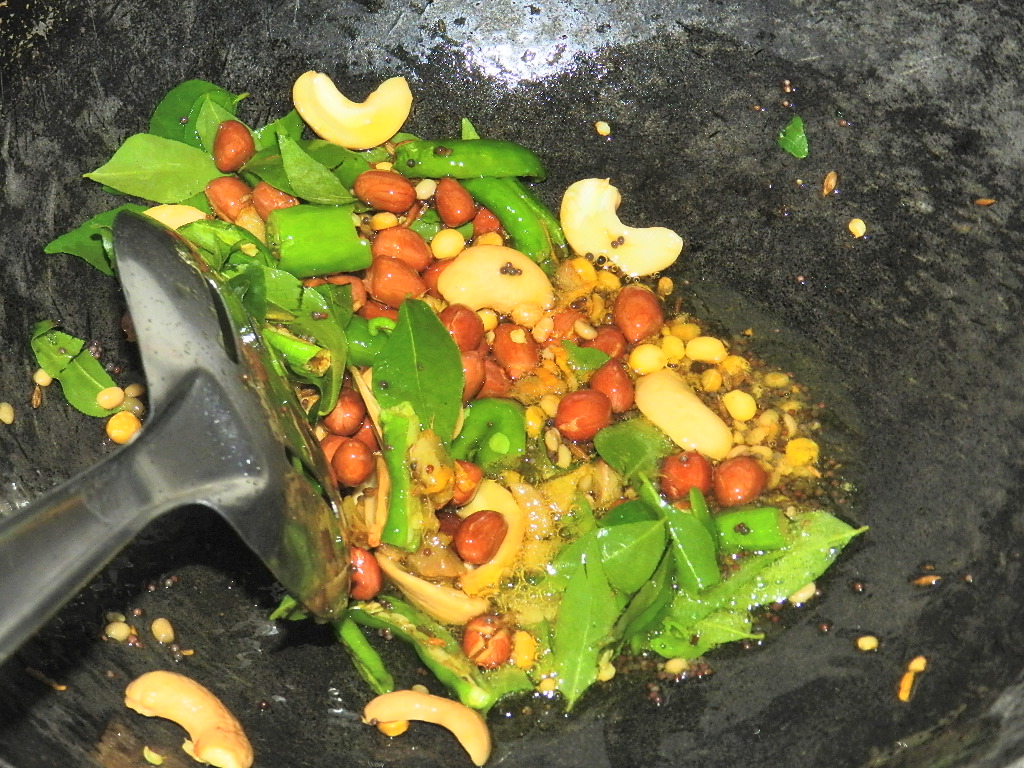
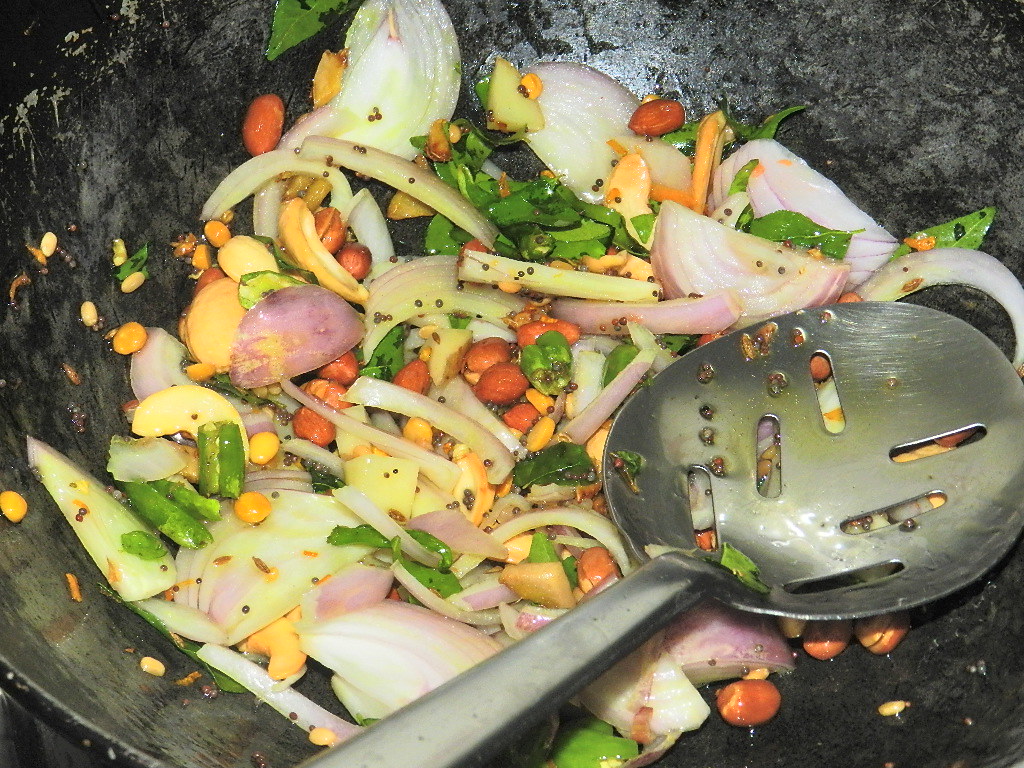

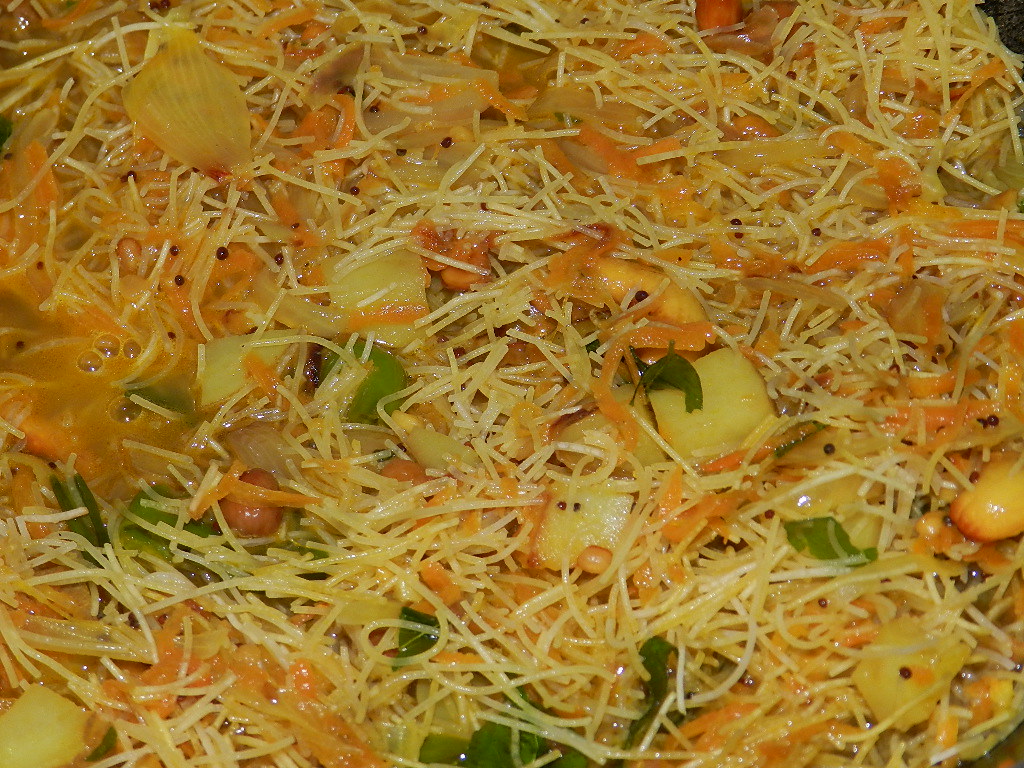

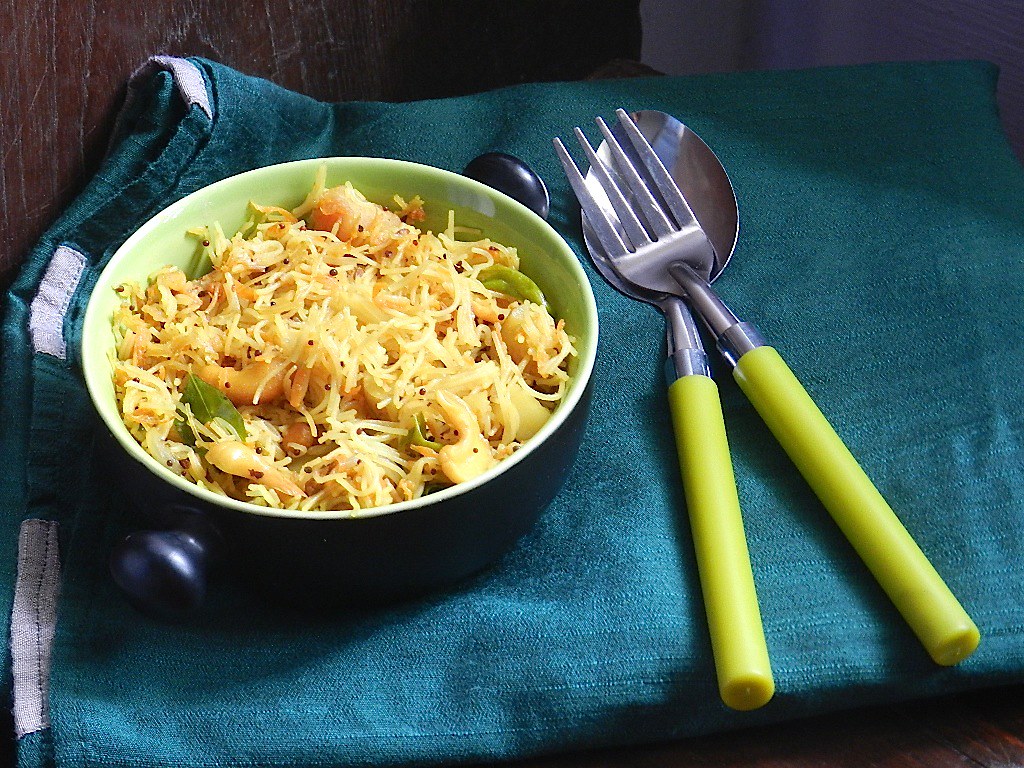

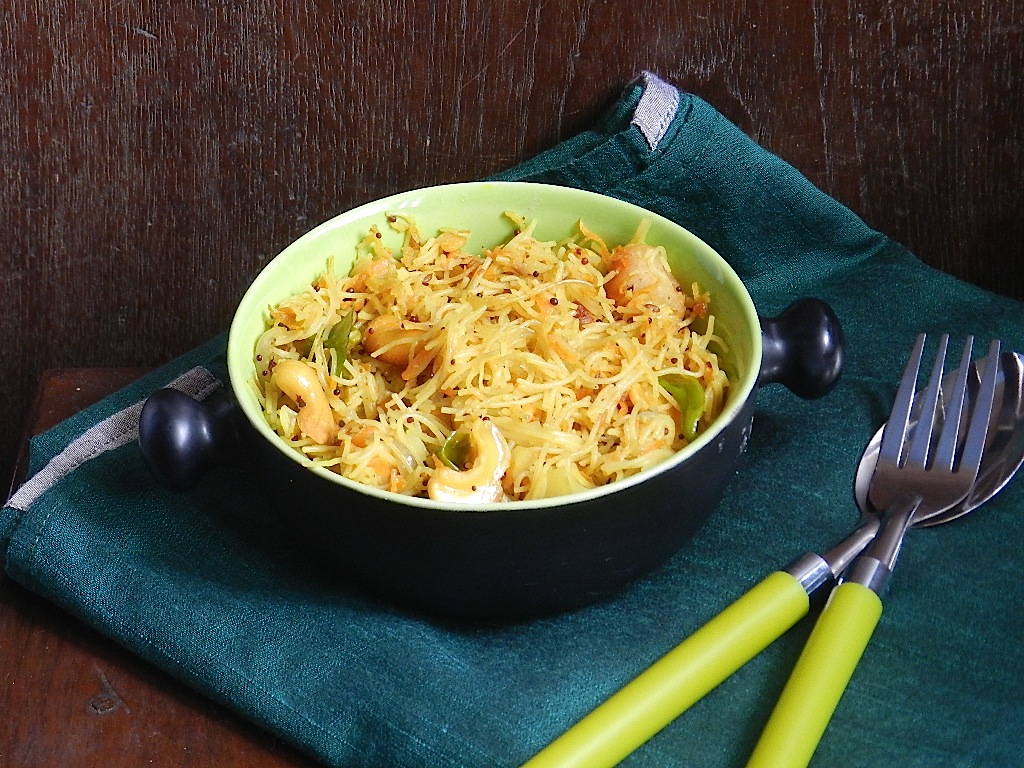
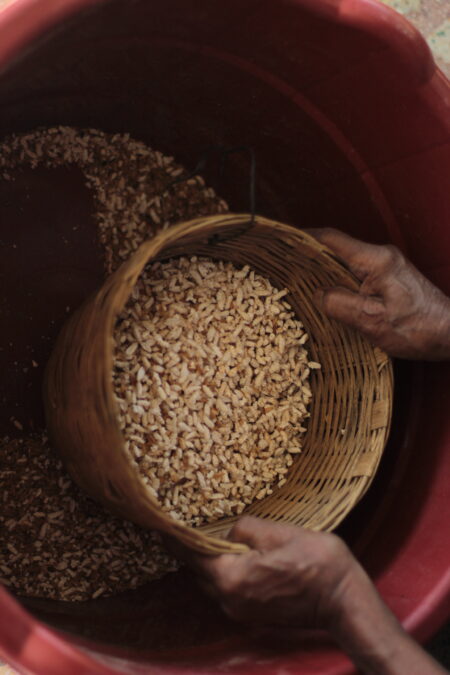
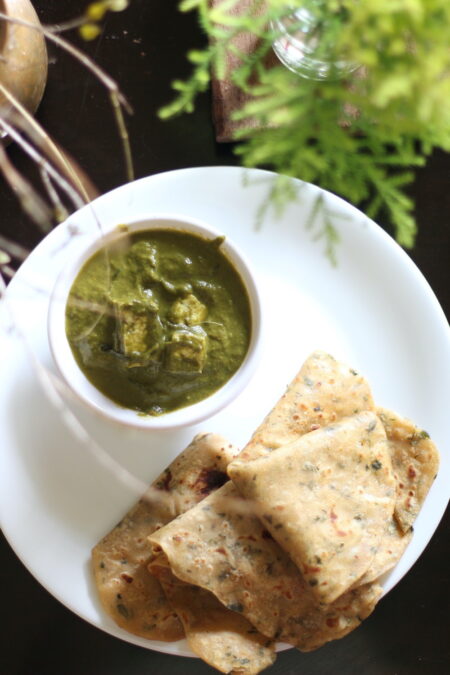
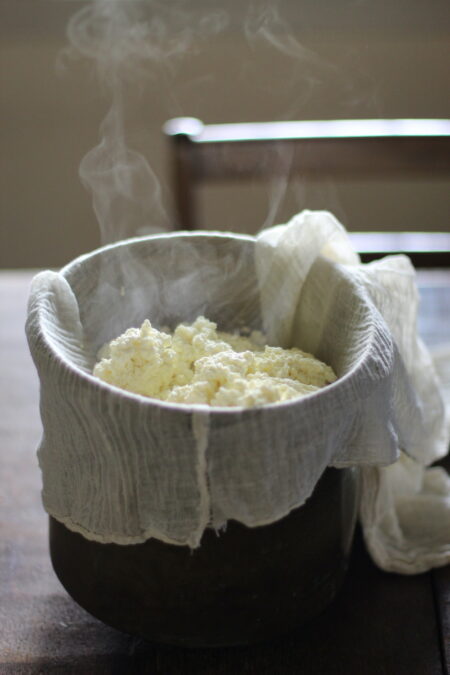
Divya: Thank you ;-)
Janani: Thanks Janani. Yes it has been really long. Feels great. :)
Disha: Thanks. That is really nice of you. :)
one of my fav breakfast… semiya upma with sugar :) I love it pratiba.. beautiful travel pics :)
Thanks Sowmya. Nice to have you here.
what an enticing write up.. the intro gave me goosebumps. the upma pictures are seductive and they say “come, eat me up!” :P
hi prathiba long time no see yummy upma its my fav too love it.
what a come back.. :-)as soon as it appeared in my feed i opened the link immediately.. whether i try your recipes or not, i was defnitly missing your writings. welcome back pratiba…